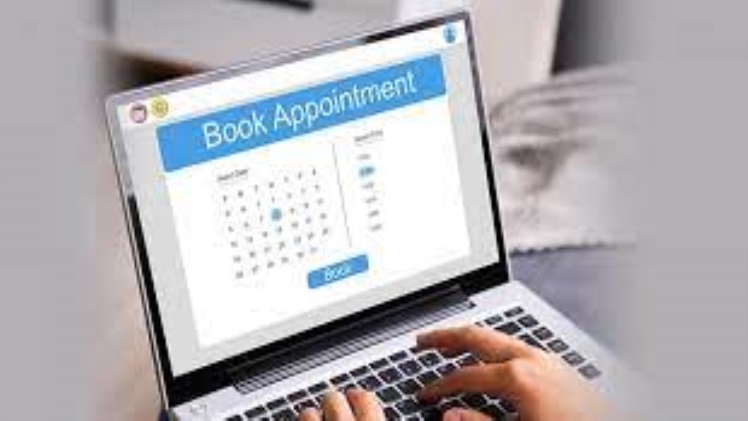Real-time patient communication is becoming increasingly important for dental practices. With specialized dental software, dentists can stay connected to their patients irrespective of their location. This helps improve customer satisfaction, build patient relationships, and provide better service. In this article, we’ll discuss the benefits of real-time patient communication with dental software and how it can help your practice be more successful. Let’s dive in!
Advantages of Real-Time Patient Communication
Real-time patient communication with dental software offers various benefits for the dentist and the patient both. By utilizing real-time patient communication, dentists can:
1. Provide timely, personalized care to patients
Through real-time communication, the dentist can provide prompt treatment recommendations and advice to patients needing immediate attention. This level of personalization is critical in providing quality customer service.
2. Track progress over time
With dental software, dentists can track a patient’s progress as they receive treatment or work towards better oral health. This helps them develop better strategies for long-term success and keep up with patient condition changes.
3. Stay connected with patients
Using real-time patient communication, dentists can contact their patients and answer any questions or concerns. This helps build trust between the dentist and the patient, ultimately strengthening the relationship.
4. Improve accuracy of appointments
Real-time communication allows dentists to manage their schedules better and ensures that appointments are accurate and up-to-date. This minimizes confusion and reduces wasted time, leading to more efficient operations.
5. Increase patient engagement
Patients are more likely to stay engaged and see their dentist regularly by offering real-time communication. This helps to ensure better oral health and encourages long-term relationships with the practice.
6. Improve customer service
Real-time patient communication helps dental practices provide better customer service to their patients. Dentists can quickly answer questions and address concerns by communicating with them on time. This leads to positive experiences overall, increasing loyalty and higher retention rates.
Types of Communication Enabled by Dental Software
Dental software provides several different ways for dentists to communicate with their patients. Some of the most popular methods:
1. Text messaging
Text messaging offers an easy and convenient way for dentists to stay in touch with their patients. This allows them to quickly provide advice and updates and answer any questions or concerns.
2. Video calls
Video calls allow dentists to have face-to-face conversations with their patients, which helps them build relationships and better understand their needs. It also provides a more personal experience than text messages or emails.
3. Email communication
Email is a great method for dentists to keep in contact with their patients. They can quickly send updates and answer any questions or concerns that may arise, all from the comfort of their office.
4. Mobile apps
Many dental software programs offer mobile apps that allow dentists to communicate with their patients on the go. This helps them stay connected no matter where they are, making it easier to provide personalized care and advice whenever needed.
Dentists can provide patients with timely and accurate oral health information by using these communication forms. This can enhance customer service and create a pragmatic experience for both the dentist and the patient.
Conclusion
Real-time patient communication is a powerful tool that can help dental practices provide better customer service and encourage long-term relationships with their patients. By utilizing the various forms of communication enabled by dental software, dentists can build trust with their patients and ensure that they receive quality care. This ultimately leads to happier and healthier patients and more successful practices. It is vital for any dental practice to have these types of communication tools in place, as they provide the foundation for better strategies for long-term success and keep up with any changes in a patient’s condition.

